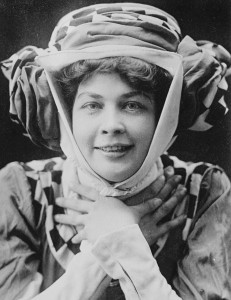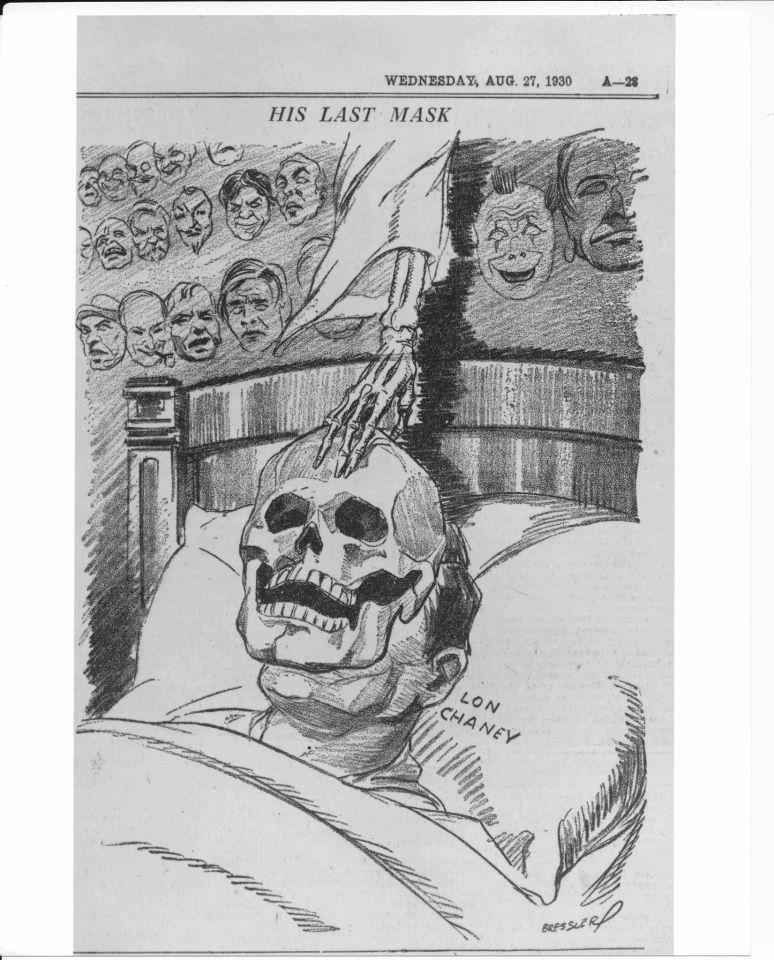I think we’re seeing the death of classic cinema. I really do. You’ve heard me rant about this before. We’re seeing that the only 5 great films that everyone wants to see are Casablanca, Singin’ in the Rain, Gone With the Wind, Citizen Kane, and Wizard of Oz. After that, the Godfather films are OK, and then Cinema begins with Star Wars.
I don’t know what to do about this. I don’t know what can be done. One of the main arguments, which I absolutely hate, is that these movies are no longer culturally relevant and are such relics of the past that they should no longer be seen, because no one cares. Nor should they care. The 5 movies listed above (I refer to them as the Holy Quintet) are exceptions because they have passed the cultural litmus test of history.
I hate that. I know I said that, but I wanted to accentuate that I hate it.
You can argue that TCM keeps cinema alive, and to an extent, they do. But they only keep some cinema alive, and they only have 24 hours a day. I have also complained, with some validity, that they show Casablanca too much, whereas they could show a lot of other stuff and do classic cinema a lot more service.
But then if I owned Casablanca, I’d show it a lot, too. It’s a fine picture, but it’s got to bear the burden of representing most films made before 1977.
There’s a vast array of silents (TCM only shows silents 4 times a month, at midnight on Sundays), B pictures, cartoons, serials, short comedies, and such that never get seen. That never will be seen. Stuff that’s fun, entertaining, and would even, dare I say it, “educate” people. The collectors have some, the archives have some, and the studios have some.
There’s always archive.org. I don’t like it. 90% of it is junk with terrible compression rates and bad quality. It fosters the idea that all old movies look bad. Then there’s YouTube, which, well, is pretty much the same. That’s not to mention the fact that piracy on both sites is rampant. I had to alert Kino to a site that was bootlegging Seven Chances with Bruce Lawton’s commentary and my color restoration on it. YouTube took it down, but the same guy got a new address and put it right back up. He put ads in it.
But it’s free!
Netflix isn’t the answer. Why? Because increasingly it takes movies (and I mean even recent ones) off the server and replaces them with binge-watching TV shows. They started off kinda cool, but died away quickly.
I had a lot of hope for Filmstruck (and, full disclosure, I was working on a deal to supply them with some silents and other materials), but AT&T killed it. Why? It wasn’t making enough money. (And, yes, that means that the deal is off.)
You see, no one sees classic films.
So no one watches classic films.
So no one buys Filmstruck.
So AT&T cancels it.
The saving grace about TCM is that it was stipulated in the sale to Warners that TCM had to stay on the air as a commercial-free classic film network. And that keeps it on.
This is causing me to want to ramp up a service that I’ve wanted to do for some years. I think of it as a public service, because it would provide a venue for NON-SUCKY transfers of films that TCM doesn’t show, which, let’s be honest, is about 80% of everything.
And I know you’ve heard me talk about this before, too. But I back-burnered it because I was busy with other projects, like Little Orphant Annie and King of the Kongo and the Milan High School games.
TCM has kind of the right idea with its educational program advocating The Essentials (again, full disclosure: I don’t have cable, but I travel extensively [I have a collection of half-used hotel soaps to prove it] so I see them on the road fairly often.) But I see TCM as almost a graduate-school of film with the very top echelon of films. They don’t offer a lot of things that people don’t know anymore.
What were the major studios? What’s a cartoon? What’s a serial? How were they shown? Why did these get made? When did color start? Did silents always have music? These are questions that people ask constantly.
How do I know? I hear these questions all the time. People are interested. I’d love to have a streaming service that housed forums where historians talked about things like this. It’s not out there. It’s going away.
I used to complain that when I worked at classic film houses, they would run all fifties all the time. Then, the boomers got old and stopped coming, and we skipped the 60s and 70s, so it’s all 80s all the time. One place I know shows Ferris Bueller and The Goonies several times a year. They say it’s “hipster-friendly.” But the hipsters don’t know any older films, so why the heck would they come to see them? A lot of them don’t have cable, and so they only see bad quality on YouTube, if they even have knowledge enough to search for it.
I would have started my streaming service a couple of years ago, but I had another problem. I do a lot of tech, but I can’t do it all myself, and I have a tech guy who needs paid. I have a grant writer who is trying to move into other things and won’t return my calls or emails, so basically I have to find another grant writer or be rude and obnoxious to the one I have.
This project is too big for just me; I’d love to have it as a cooperative among film collectors, archives and even studios that will play nice (accent on the play nice.)
But I need $ to get it going, and it’s a chunk too big for Kickstarter. I’d like this to be a public interest 501c3, because, increasingly, I believe that classic film is being culturally neglected and needs a champion out there to make it accessible. I’d like to have a free section and a paid downloads section.
Actually I have a pretty detailed plan for it, if I could just get anyone to care. I’m notoriously bad at marketing (as I’ve pointed out many times), but I really think we’re at a time when culturally we NEED something like this.
Or else it will go away. Like Filmstruck did.
Anyone got any ideas? Let me know. My email is up at top, and the comments will be open for a while, plus you can always start a discussion in the Dr. Film group.
I have a lot of failed, or to put it charitably, incompletely successful projects (if you don’t believe me, I have 400 copies of Little Orphant Annie to sell you), but I don’t want this to be one of them.




